Practical Advantages of a Revocable Living Trust
Avoiding probate is the primary reason people commonly use a revocable living trust. However, there is another significant practical advantage that often gets overlooked: the trust requires you to organize and inventory your assets.
The Importance of Asset Inventory
Establishing a revocable living trust necessitates changing the ownership of your assets from your individual name to the trust’s name, thereby avoiding probate. This funding process compels you to thoroughly review and inventory all your assets. Whether recorded formally on paper or mentally noted, this exercise ensures your trust is properly funded. Many attorneys, particularly in Texas, are known for drafting revocable living trusts but not actively assisting with asset funding. However, having a trust alone does not guarantee probate avoidance—the assets must be retitled correctly.
Benefits of Organizing Assets
When funding the trust, you must identify and inventory various assets, including bank accounts, brokerage accounts, retirement accounts, real estate (both local and in other jurisdictions), life insurance, antiques, art, and vehicles. Without a clear record, these assets might remain unknown or overlooked after your passing.
Creating this inventory not only ensures proper funding of your trust but also benefits future generations who inherit these assets. This process encourages you to evaluate the practicality of maintaining certain accounts or assets, potentially consolidating or eliminating small, underused accounts to simplify your financial landscape. Essentially, the revocable living trust acts somewhat like a holding company, providing an organized framework to centralize your assets.
Taking Charge of the Funding Process
Even if your attorney does not emphasize funding your revocable living trust, you can independently undertake this crucial step. Simple actions include updating property deeds, retitling vehicle titles through the DMV, and contacting financial institutions to transfer accounts into the trust. While the process involves some administrative effort, its benefits are substantial. Documenting your assets clearly—whether handwritten or formally attached to your trust—creates clarity and order, greatly assisting both yourself and future beneficiaries.
